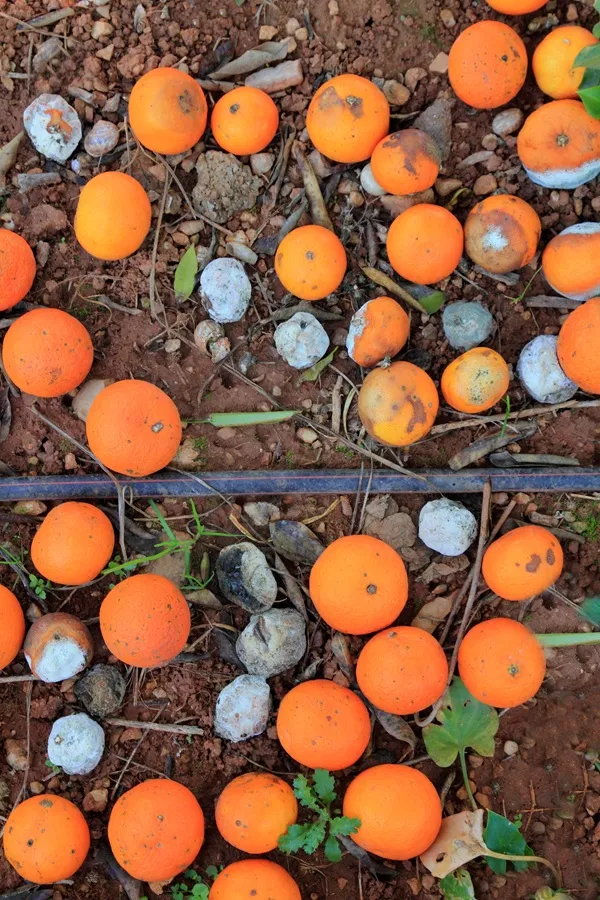Table of Contents
Mexican cuisine is vibrant, diverse, and full of rich, bold flavors that reflect the country's history and cultural traditions. Here's an introduction to the wonderful world of Mexican food:
Key Components of Mexican Cuisine:
- Corn (Maíz): Corn is a fundamental ingredient in Mexican cuisine, used to make tortillas, tamales, and many other dishes.
- Beans (Frijoles): Beans, particularly black beans and pinto beans, are a staple in Mexican meals.
- Chilies (Chiles): Both fresh and dried chilies are used to add flavor and heat to a variety of dishes.
Popular Dishes:
- Tacos: Soft or crispy tortillas filled with a variety of ingredients such as grilled meat, fish, beans, and vegetables, often topped with salsa, onions, and cilantro.
- Enchiladas: Tortillas rolled around a filling, typically chicken, cheese, or beans, and covered in a rich chili sauce.
- Tamales: Corn dough (masa) filled with meats, cheese, or other ingredients, wrapped in corn husks or banana leaves, and steamed until tender.
- Guacamole: A creamy avocado dip flavored with lime juice, cilantro, onions, and tomatoes, often served with tortilla chips.
- Chiles Rellenos: Poblano chilies stuffed with cheese or meat, battered, and fried, typically served with a tomato-based sauce.
Traditional Meals:
A traditional Mexican meal often includes a combination of these elements:
- Sopa: A starter soup or broth, such as Sopa de Tortilla (tortilla soup) or Caldo de Pollo (chicken soup).
- Plato Principal: A main course that may include meat, seafood, or vegetarian options.
- Sides: Rice (arroz) and beans (frijoles) are common side dishes.
- Postre: A dessert such as Flan (caramel custard) or Churros (fried dough pastries).
Flavor Profile:
Mexican cuisine is known for its complex and layered flavors, combining spicy, sweet, smoky, and earthy elements. Common seasonings and ingredients include cumin, oregano, cinnamon, cloves, garlic, and cilantro.
Dining Etiquette:
- Sharing Food: Meals are often enjoyed family-style, with dishes shared among the table.
- Tortilla Usage: Tortillas are used as both a utensil and a food item, often used to scoop up other foods.
- Sauce and Salsas: A variety of sauces and salsas are typically available to add extra flavor and heat to dishes.
Regional Diversity:
Mexican cuisine varies greatly by region, with each area offering its unique specialties:
- Yucatán: Known for dishes like Cochinita Pibil (slow-roasted pork) and Sopa de Lima (lime soup).
- Oaxaca: Famous for its mole sauces, especially Mole Negro.
- Jalisco: Birthplace of Tequila and home to Birria (spicy meat stew) and Pozole (hominy soup).
Whether you're enjoying street food like tacos al pastor or savoring a hearty bowl of pozole, Mexican cuisine offers a rich and flavorful culinary experience. If there's a specific dish or aspect you'd like to explore further, just let me know! 🇲🇽😊





